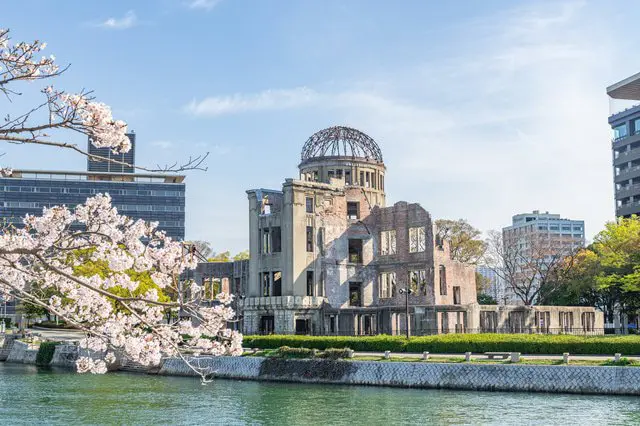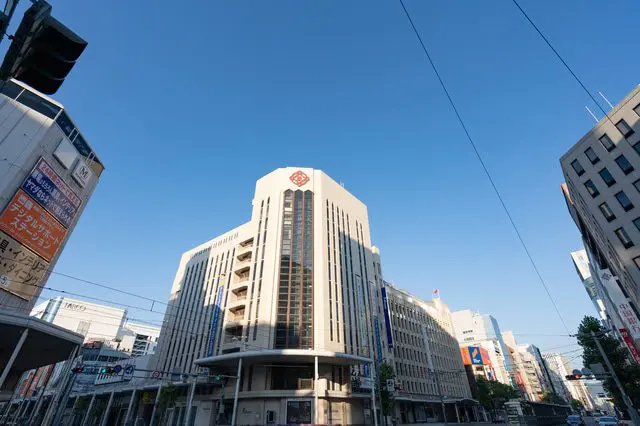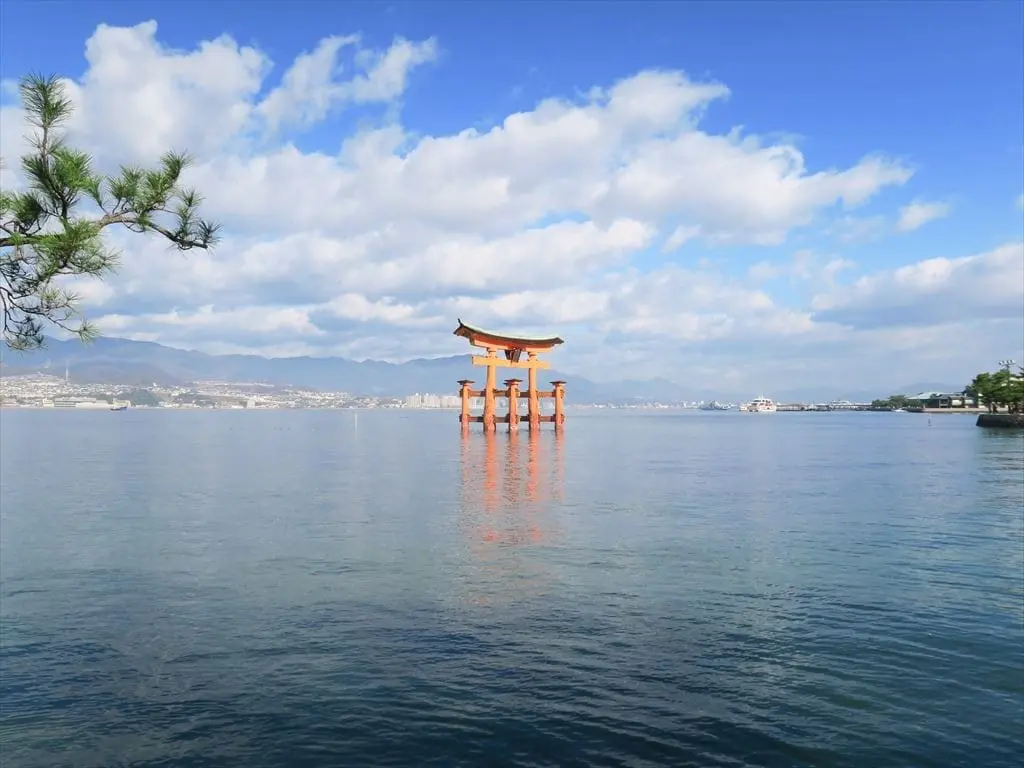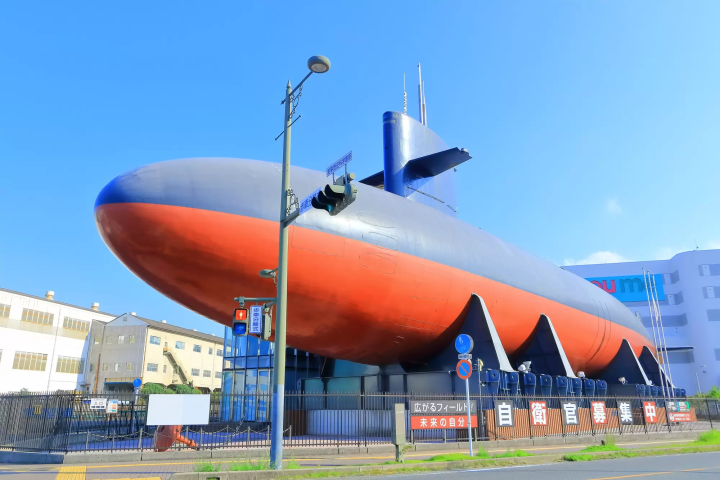Start planning your trip


Hiroshima offers so much when it comes to sightseeing destinations - from the Atomic Bomb Dome, a painful reminder of recent history, to fascinating old shrines. This article introduces the access routes and prices for transportation around the city.
From the Atomic Bomb Dome and the Hiroshima Peace Memorial Park, to Hiroshima Castle and Miyajima, Hiroshima truly is a city overflowing with historical structures.
Beyond the historical structures, you can also find places like Shukukeien, a classical Japanese-style garden which is located a short distance from Hiroshima Station, the Genbaku Dome (or Atomic Bomb Dome), the symbol of Hiroshima and Hiroshima Castle, which was restored in the Edo era, as well as the popular shopping areas Kamiyacho and Hacchobori - Hiroshima is a city with everything a visitor could want.
Read on to learn about the five major areas of Hiroshima City and the best places to visit in each of them.
1. Hiroshima Station Area
2. Genbaku Dome and Peace Memorial Park Area
3. Hiroshima Castle
4. Kamiyacho and Hacchobori
5. Miyajima
1. Onomichi
2. Fukuyama
3. Kure
4. Takehara
5. Akiota
1. Access from Tokyo
2. Access from Osaka
1. Hiroshima City Sightseeing Loop Bus Meipuru-pu
2. Hiroshima Tourist Pass
Photo by Pixta
The area around Hiroshima Station is where you will find two notable sightseeing spots: Shukukeien and the Hiroshima Prefectural Museum of Art.
Shukukeien is a classical Japanese style garden that was first formed about 400 years ago. It is a beautiful garden well-known for its incredible seasonal colors, especially the cherry, plum, and peach blossoms in spring and the amazing fall leaves in autumn.
The Hiroshima Prefectural Museum of Art is an art gallery adjoining Shukukeien. Here you will find everything from fine arts with a connection to Hiroshima to works by both domestic and international artists; there are approximately 5000 works in their collection and the museum holds special exhibitions each season.
Photo by Pixta
The symbol of Hiroshima, the Genbaku Dome and the Hiroshima Peace Memorial Park can easily be reached from Hiroshima Station on the streetcar.
From Hiroshima Station if you take the Hiroshima Railway (Hiroden) traveling to either Miyajimaguchi or Eba, and get off at the Genbaku Domu-mae stop, you will find the Dome standing right before your eyes. The fare for the streetcar is 150 yen.
The Genbaku Dome is the name for the miraculous remains of a structure that was almost completely destroyed by the atomic bomb dropped on Hiroshima 70 years ago. It has been designated a World Cultural Heritage Site by UNESCO.
If you walk for 5 minutes from the Genbaku Dome, you will arrive at the Hiroshima Peace Memorial Park, a park dedicated to prayers for permanent world peace. Within the park you will find the Hiroshima Peace Memorial Museum, where you can see images and artifacts from Hiroshima both before and after the atomic bomb was dropped, as well as the cenotaph dedicated to the memory of those that lost their lives in the attack.
Photo by Pixta
Conveniently located near Hiroshima Station, Hiroshima Castle is a must-see spot during any trip to the city.
Hiroshima Castle is one of Japan's 100 most famous castles. Destroyed once when the atomic bomb was dropped on the city, it was soon after restored to its Edo-era glory.
Photo by Pixta
Kamiyacho and Hacchobori make up the central business district of Hiroshima. The Hiroshima branch of the Sogo department store, Motomachi Kuredo, Kamiyacho Shareo, and other stores make for a thriving shopping area.
Hondori Shotengai, Nakanotana Shotengai, Ginzagai Shotengai, and other shopping streets are overflowing with shops selling various wares, so don't miss out on this spot! There are also plenty of cafes and restaurants to choose from here too.
If you'd like to enjoy some great food and go shopping, head to Kamiyacho and Hacchobori.
Photo by Pixta
From: Home Of The Gods – Itsukushima Shrine, A World Heritage Site
Miyajima island, home to the World Heritage Site Itsukushima Shrine, is also found in Hiroshima prefecture. Though a striking contrast is made during high tide between the shrine and the great torii standing in the water, at low tide it is possible to walk from the shore to the torii and see its impressive size up close. The illuminations at night here make for a truly mystical scene as well.
To reach Miyajima from Hiroshima Station, take either the JR line (about 25 minutes) or the streetcar (about an hour) and alight at JR Miyajimaguchi Station or Hiroshima Dentetsu Miyajima Station respectively. From here you will need to hop on the ferry, which will arrive at Miyajima after about a 10 minute ride.
Residing just a one hour train ride away from Hiroshima is the beautiful, historic seaport town called Onomichi. The area surrounding the town has tight alleyways that lead up to Mt. Senkoji. People looking for a peek into history will find several shrines and temples all which have been preserved after surviving the attacks during World War II. When heading to Onomichi, try taking the scenic route using the etSETOra sightseeing train. As the name implies, this train takes you along the coast of the Seto Inland Sea, letting you enjoy the view of the sea from the comfort of the train while having some delightful snacks and drinks.
Another city that boasts a long heritage and many historical sights is Fukuyama city. This city is Hiroshima's largest populated city. It's main attraction, the 400 year old Fukushima Castle and the old fishing village of Tomonoura are definitely places for those with an interest in history should visit. Music enthusiasts will find this city to be known for their production of Koto, a traditional Japanese harp-like instrument.
Fukuyama is accessible by the JR Shinkansen from Hiroshima and the ride takes about 23 minutes.
Photo by Pixta
Kure is another port and shipbuilding city located on along the coast of Hiroshima. Kure is home to Yamato Museum, where you can learn about the history of Kure and see a 1:10 scale model of the Yamato battleship, as well as many other displays and interactive exhibits. You won't have to worry about looking for this museum as well, since on the outside sits the actual Japanese Diesel-Electric Yushio-class submarine known as the JDS Akishio. It's massive, so there's no way you'll miss it.
Kure can be accessible from Hiroshima via train or bus and takes about 40-50 minutes.
Those looking to be immersed in an old townscape of traditional Japan, Takehara is a beautifully preserved town that will make you feel like you've gone back in time. Located 80 minutes away from Hiroshima Station, while a bit of a distance to travel, this side trip is well worth it. A town with a rich 350 year history of making both salt and Japanese sake. Sake lovers can head to the Fujii Brewery to try some of their award winning sake.
In the winter, consider a side trip to Akiota, located a 90 minute bus ride from Hiroshima Station. This rural area is a popular spot people go for winter sports such as skiing, snowboarding. Hiking up Hiroshima's highest mountain, Mt. Ososrakan, is also a popular activity in this area.
Those that are more of the indoors type can enjoy many other activities Akiota has to offer, from watching Kagura, their traditional performance arts, enjoying some cooking by making some of Akiota's pressed sushi, or try out some woodworking at Yokohata Kogei (Japanese), a traditional workshop .
Whether traveling from Tokyo or Osaka, Hiroshima can easily be reached via bullet train, plane, highway bus or by rental car.
You can reserve bullet train tickets for Tokyo-Hiroshima online via Voyagin.
Click this link to see prices and to reserve your ticket.
When traveling from Osaka to Hiroshima, the bus or Shinkansen are the most convenient options.
The Japan Rail Pass (JR Pass) is very convenient for those doing multiple trips involving Shinkansen and JR train travel across Japan.
Click here to see details and to reserve the pass online.
There are two convenient passes to choose from when sightseeing in Hiroshima:
- Hiroshima city Sightseeing Loop bus Meipuru-pu
- Hiroshima Tourist Pass (A 1-3 Day Bus, Ferry and Train Pass)
The Hiroshima City Sightseeing Loop Bus Meipuru-pu is a bus that travels on a circular route through Hiroshima and stops at tourist spots and art galleries throughout the city.
This bus makes stops at Hiroshima Station and the Prefectural Museum of Art (Shukukeien Station), Hiroshima Castle (Morikuni Station), the Genbaku Dome, Peace Memorial Park, Kamiyacho, and Hacchobori.
One ticket costs 220 yen for adults and 110 yen for children, while all day passes cost only 400 yen for adults and 200 yen for children.
The Hiroshima Tourist Pass (1Day, 2 Day, or 3 Day Bus, Ferry, and Train Pass) allows people to use all of the Hiroden train lines of the Hiroshima Electric Railway, the Miyajima Matsudai Kisen and JR West Miyajima Ferries, and all of the city buses to their heart's content within Hiroshima.
It costs 1000 yen for the 1 Day Pass, 1500 yen for the 2 Day Pass, and 2000 yen for the 3 Day Pass, and is very convenient for seeing the city sights and exploring in Hiroshima.
Written by









